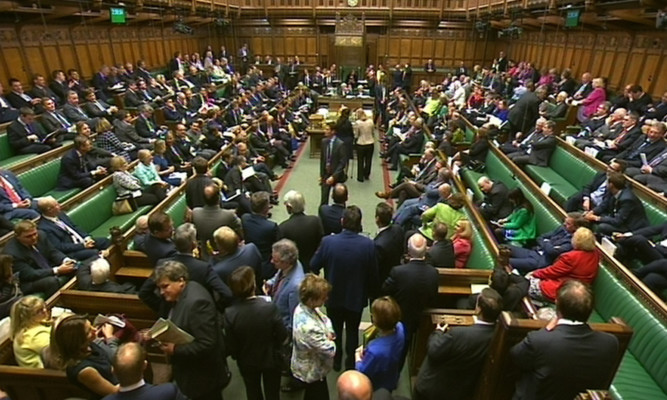Right-to-die laws have been overwhelmingly been rejected by MPs in the first vote on the deeply divisive proposals for nearly 20 years.
Some 330 MPs from across the Commons opposed the Assisted Dying Bill while just 118 backed the proposals, which would have allowed some terminally ill adults to ask for medical help to end their life.
Anti-euthanasia campaigners said the result was an unequivocal rejection of a “dangerous” piece of legislation but supporters of reform insisted it showed that MPs were “ridiculously out of touch” with the public.
Care Not Killing campaign director Peter Saunders said: “They have done this because they have witnessed mission creep in the tiny number of places that have changed the law to allow assisted suicide and euthanasia – countries like Belgium, the Netherlands and the American state of Oregon.”
Sarah Wootton, chief executive of Dignity in Dying, said: “The vote only goes to show just how ridiculously out of touch MPs are with the British public on the issue.
“By rejecting the Bill Parliament has in effect decided to condone terminally ill people ending their own lives but refused to provide them the adequate protection they need,” she added.
“Suffering will continue as long as MPs turn a blind eye to dying people’s wishes. Dying people deserve better.”
Under the Bill’s clauses, two doctors and a High Court judge would have to be satisfied of the requesting patient’s eligibility – defined as being terminally ill with less than six months to live, mentally fit to make the decision and aware of alternatives – before the right to die would be allowed.
The patient must administer the fatal medication themselves under the rules in the Bill.
David Cameron earlier warned that there were “dangers” in the right to die and made clear his opposition to the Bill.
Speaking in Leeds, the Prime Minister said: “The decision I’ve come to is I don’t see a case for this measure. I don’t want to see an expansion of euthanasia in our country. I think there are dangers and so I don’t support it.”
